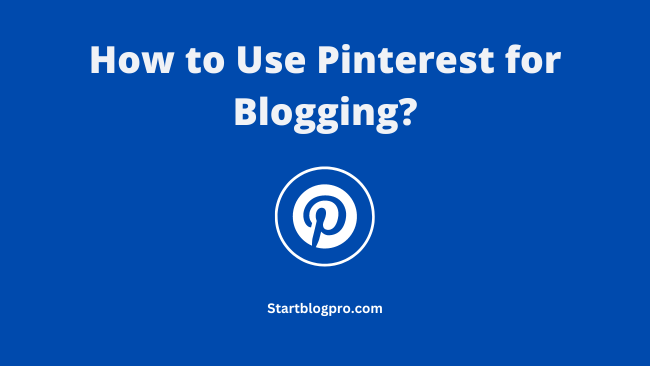Looking for how to use Pinterest for blogging? Pinterest is a powerful social media platform you can use for blogging.
Pinterest has over 400 million active users. It offers a unique opportunity to drive traffic and generate leads for your blog.
In this blog post, we’ll discuss how to use Pinterest for blogging.
Let’s start by understanding the basics of Pinterest
What is Pinterest and How Does it Work?
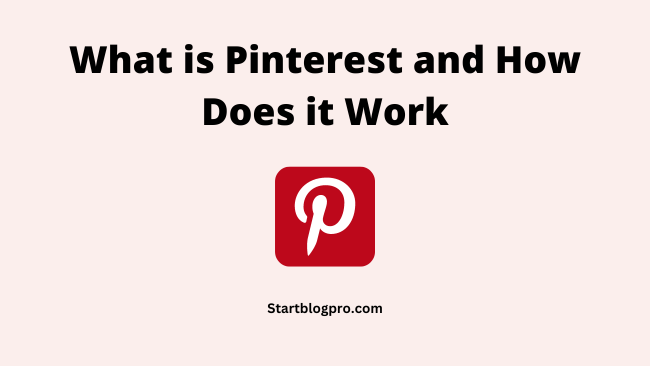
Pinterest is a visual discovery platform. It allows users to find and save ideas for various topics such as recipes, home decor, fashion, and more.
It is like a virtual bulletin board. The users create and curate their collections of images and videos using as pins. Pinterest uses a smart algorithm to recommend personalized content. The recommendations are based on a user’s interests and previous interactions.
Why Should Bloggers Use Pinterest?
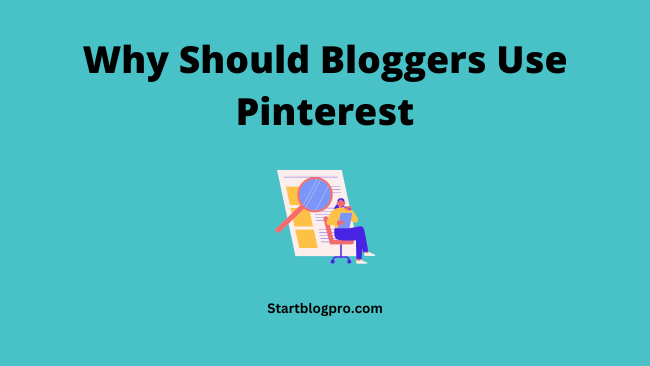
Bloggers can use Pinterest for promoting their content and reach a wider audience. Unlike other social media platforms, Pinterest has a longer lifespan for content. Pins are discovered and reshared months or even years after we create them. This longevity results in sustained traffic to a blog.
Pinterest is like a search engine. This makes it an ideal platform for increasing your blog’s visibility. By optimizing your pins with relevant keywords. You can attract users searching for information related to your niche.
Setting up Your Pinterest Account
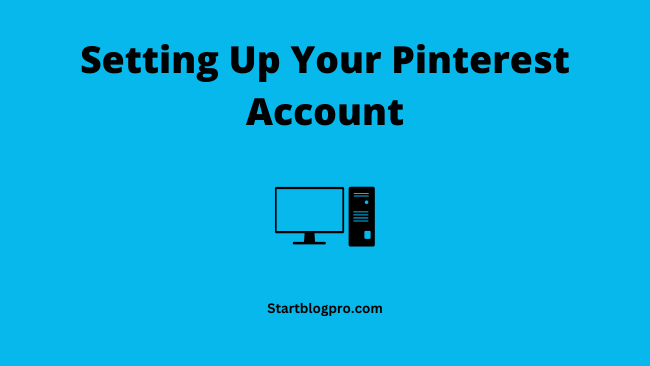
To get started with Pinterest, you’ll need to set up an account. Follow these steps to create a Pinterest account for your blog:
Visit the Pinterest website or download the app from your mobile device’s app store.
Click on Sign up or Create a business account if you’re setting up an account for your blog.
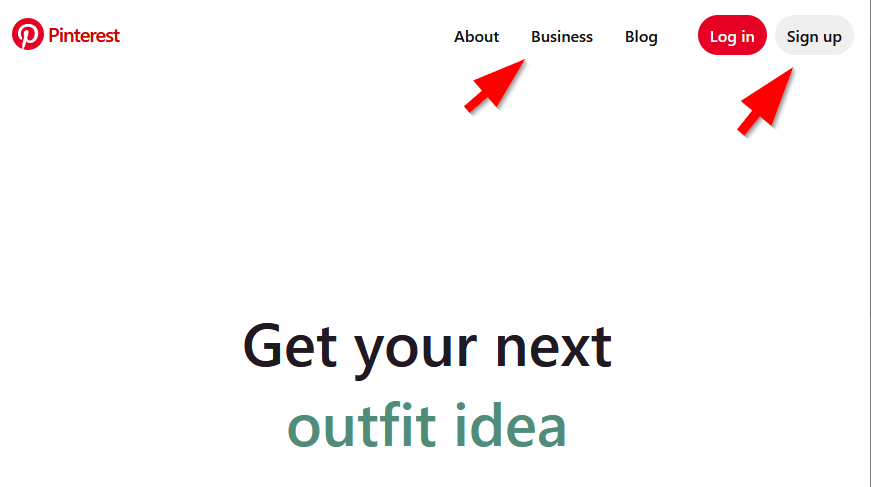
Provide your email address and create a strong password.
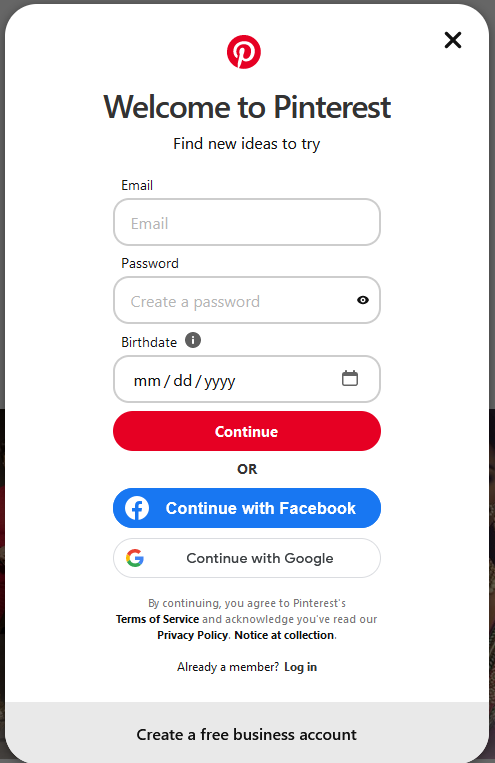
Choose a username that aligns with your blog’s brand or your own name.
Complete your profile by adding a profile picture, a captivating bio, and a link to your blog.
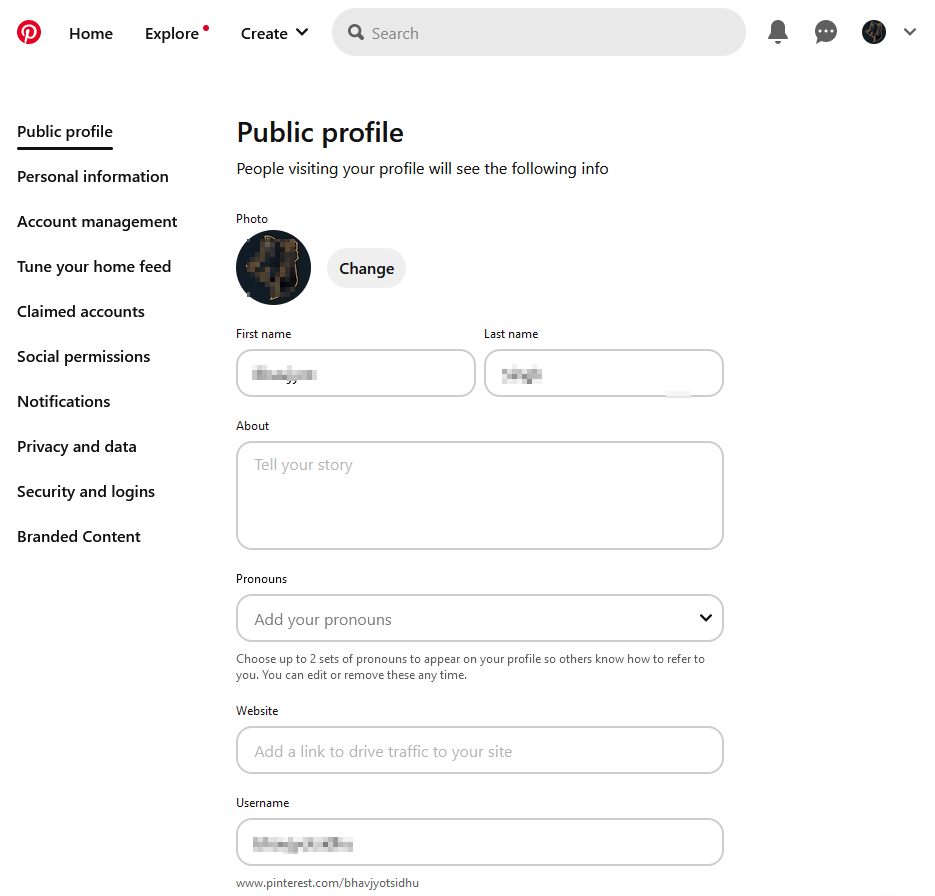
Explore the various settings and options to customize your account.
Optimizing Your Pinterest Profile
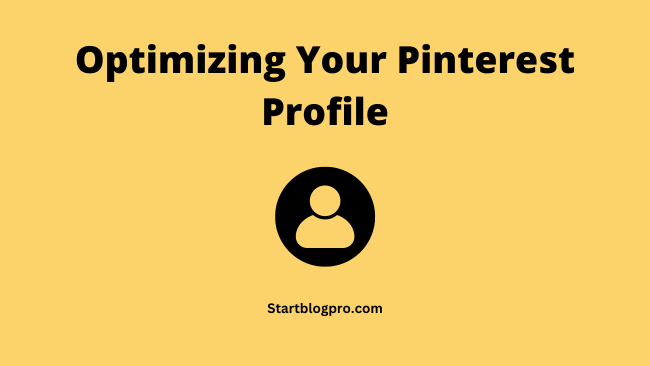
Crafting a Captivating Bio
Your Pinterest bio is crucial for capturing the attention of potential followers. It also conveys the essence of your blog. Here are some tips for crafting a captivating bio:
- Keep it concise and engaging, using keywords that reflect your niche.
- Showcase your expertise and unique selling points.
- Include a call-to-action, encouraging users to visit your blog or follow your account.
- Consider adding relevant emojis to add personality to your bio.
Choosing the Right Profile Picture
Your profile picture represents your brand or personal identity on Pinterest. Consider the following guidelines when selecting a profile picture:
- Use a high-quality image that is recognizable and relevant to your blog.
- Opt for a square or circular image for better display on Pinterest.
- Ensure the picture is clear and visually appealing, even at smaller sizes.
Selecting Relevant Boards and Categories
Pinterest allows you to create boards to categorize your pins. When selecting boards and categories for your blog, keep the following in mind:
- Choose board names that are descriptive and optimized with relevant keywords.
- Organize your boards in a logical and intuitive manner for easy navigation.
- Follow other boards and influencers within your niche to expand your network.
Adding Keywords to Your Profile
Keywords play a vital role in Pinterest’s search algorithm. By using keywords in your profile. You improve the chances of discovery of your content by the target audience.
Here’s how you can add keywords to your profile:
- Include relevant keywords in your bio, board titles, and pin descriptions.
- Use keyword-rich hashtags in your pin descriptions to increase discoverability.
- Regularly update your profile and boards with fresh, keyword-optimized content.
Creating Engaging Pins
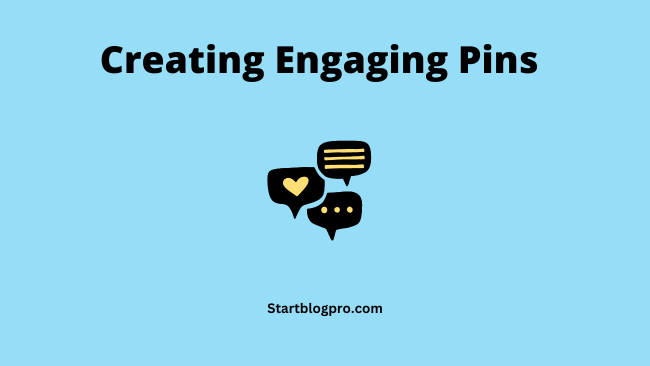
Designing Eye-Catching Pin Graphics
The visual appeal of your pins attracts users’ attention and encourages engagement. Follow these tips to create eye-catching pin graphics:
- Use high-quality, vertical images with a clear focal point.
- Incorporate text overlays that convey the pin’s message or value.
- Choose fonts and colors that align with your blog’s branding.
- Experiment with different pin designs to identify what resonates best with your audience.
Writing Compelling Pin Descriptions
Pin descriptions entices the users and convey the value of your content. Here’s how you can write compelling pin descriptions:
- Keep descriptions concise, ideally between 100-200 characters.
- Use persuasive language to spark curiosity or highlight the benefits of the content.
- Incorporate relevant keywords naturally to enhance discoverability.
- Include a call-to-action, such as “Read More,” to encourage users to click through to your blog.
Using Keywords in Pin Titles and Descriptions
Keywords are crucial for Pinterest SEO and increasing the visibility of your pins. Here are some tips for utilizing keywords effectively:
- Incorporate primary and secondary keywords in your pin titles and descriptions.
- Use long-tail keywords to target specific niches and capture more qualified traffic.
- Avoid keyword stuffing and ensure that the language flows naturally.
- Track performance of pins and refine your keyword strategy based on analytics data.
Adding a Call-to-Action in Your Pins
A call-to-action (CTA) in your pins improves user engagement and drives traffic to your blog. Consider the following tips for effective CTAs:
- Use action-oriented language that encourages users to take a specific action. Such as “Click here,” “Learn more,” or “Pin it for later.”
- Experiment with different CTAs to determine which ones resonate best with your audience.
- Use CTAs both in the pin graphic itself and the accompanying pin description.
Building a Strong Pinterest Presence
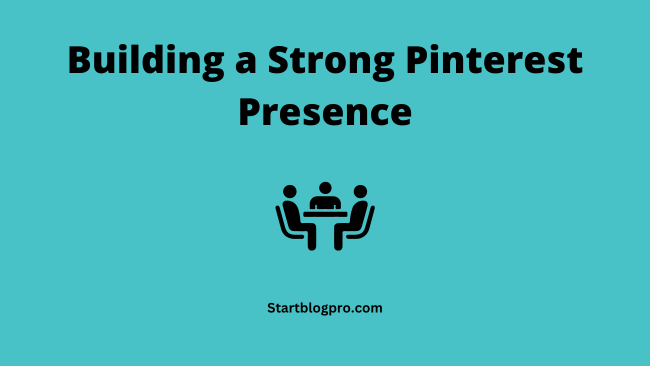
Consistency is Key
Consistency is vital for maintaining an active presence on Pinterest. Here’s why consistency matters:
- Regularly pinning and engaging with content helps you stay visible to users’ feeds.
- Consistent pinning builds trust and credibility with your audience.
- Pinterest rewards active users with increased visibility and reach.
Pinning Frequency and Timing
Finding the optimal pinning frequency and timing can maximize your exposure and engagement. Consider these tips:
- Aim for at least 3-5 pins per day to maintain an active presence.
- Experiment with different pinning schedules to determine when your audience is most active.
- Use Pinterest’s scheduling tools or third-party schedulers to automate your pinning.
Engaging with Other Pinners
Engage with other pinners to expand your network and increase your visibility. Here are some engagement strategies:
- Like, comment, and re-pin content from other pinners within your niche.
- Follow influential pinners and boards related to your blog’s topic.
- Take part in group boards and collaborative efforts to reach a wider audience.
Collaborating with Group Boards
Group boards allow multiple pinners to contribute to a shared board. They expose your content to a broader audience. Consider these tips for collaborating:
- Join relevant group boards with engaged audiences.
- Follow the board’s guidelines and contribute high-quality content.
- Engage with other contributors’ content and foster relationships within the group.
Using Pinterest SEO Strategies
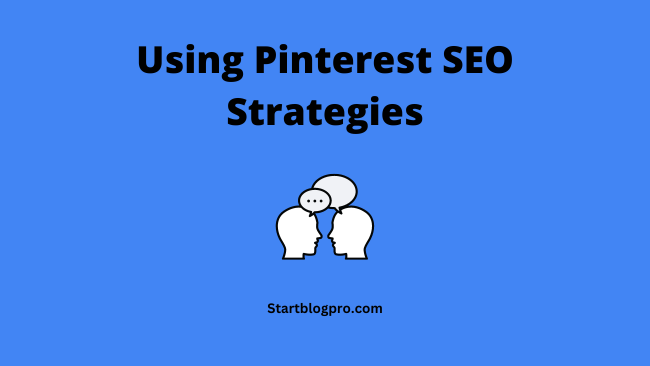
Conducting Keyword Research
Keyword research is crucial for optimizing your Pinterest strategy. Here’s how you can conduct effective keyword research:
- Use Pinterest’s search bar to discover popular keywords related to your niche.
- Explore related search terms and suggested keywords to identify trending topics.
- Use keyword research tools. Like Google Keyword Planner or SEMrush to uncover more keyword opportunities.
Optimizing Pin Descriptions with Keywords
Using keywords into your pin descriptions enhances their visibility in Pinterest search results. Follow these tips for optimizing your pin descriptions:
- Place relevant keywords towards the beginning of your pin descriptions.
- Write compelling descriptions that incorporate keywords naturally and provide value to users.
- Avoid keyword stuffing and focus on creating meaningful and engaging descriptions.
Using Rich Pins
Rich pins provide extra context and information to users. Thus, making them more likely to engage with your content. Here are the types of rich pins you can use:
- Article Pins: Automatically pull metadata from your blog to create rich pins for your blog posts.
- Product Pins: Showcase product details, pricing, and availability information.
- Recipe Pins: Display recipe ingredients, cooking times, and serving sizes.
- Movie Pins: Share movie ratings, cast information, and release dates.
Monitoring Pinterest Analytics
Pinterest offers analytics tools to track the performance of your pins and boards. Regularly track Pinterest analytics to gain insights and make data-driven decisions. Key metrics to focus on include:
- Impressions: The number of times your pins appear in users’ feeds.
- Clicks: The number of clicks your pins receive, driving traffic to your blog.
- Saves: The number of times users save your pins to their own boards.
- Engagement Rate: The percentage of engagements (clicks, saves, comments) compared to impressions.
Promoting Your Blog on Pinterest
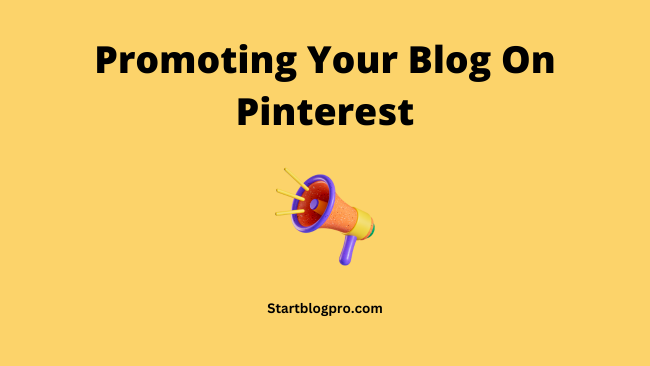
Pinning Your Blog Content
Pinning your blog content on Pinterest is a crucial step in driving traffic to your blog. Follow these tips for promoting your blog effectively:
- Create pinnable images for each blog post, incorporating relevant keywords and attractive visuals.
- Pin your blog posts to relevant boards, ensuring they reach the right audience.
- Share a mix of your own content and curated content from others. This will maintain a well-rounded profile.
- Stay active and regularly pin new blog posts and updates to keep your audience engaged.
Creating Vertical Images for Blog Posts
Vertical images perform best on Pinterest because of their optimal display and visibility. When creating images for your blog posts, consider the following guidelines:
- Aim for a vertical aspect ratio of 2:3 or 1:2, with a minimum width of 600 pixels.
- Use clear and eye-catching visuals that align with your blog’s topic.
- Incorporate text overlays that convey the post’s title or main idea.
- Test different designs and formats to identify what resonates best with your audience.
Encouraging Pinners to Save and Share Your Content
Increase in the number of saves and shares of your pins will boost your blog’s visibility. Here’s how you can encourage pinners to save and share your content:
- Add a prominent “Save” or “Pin It” button to your blog posts. Making it easy for readers to save your content to Pinterest.
- Include a call-to-action in your blog posts. It encourages your readers to pin and share your content with others.
- Create valuable and shareable content that resonates with your target audience.
- Engage with your audience and build relationships by responding to comments and messages.
Using Pinterest Widgets on Your Blog
Pinterest widgets provide opportunities for your readers to engage with your Pinterest content. Consider these widget options for your blog:
- Pin Widget: Display your latest pins or a specific board on your blog’s sidebar or footer.
- Follow Button Widget: Allow readers to follow your Pinterest account directly from your blog.
- Board Widget: Showcase specific boards or curated content on your blog.
FAQs
You can use Pinterest for blogging by creating appealing pins that link back to your blog posts. Create keyword rich pins and share them on Pinterest. This will drive traffic to your blog and increase its visibility.
Yes, Pinterest helps increase your blog’s reach. With its search functionality and long-lasting content lifespan. Pinterest allows your blog posts to reach a wider audience. By implementing effective Pinterest strategies. You attract more readers and grow your blog’s audience.
To optimize your Pinterest profile, craft a captivating bio using your niche keywords. Choose a profile picture that represents your brand or personal identity. Select relevant boards and categories. Add keywords to your profile, board titles, and pin descriptions. Regularly update your profile with fresh, keyword-optimized content.
Yes, using keywords in your pin descriptions improves your pins’ discoverability. Pinterest’s search algorithm considers keywords when ranking pins in search results. Use of keywords in pin descriptions improves the discovery of your pins by users.
The timeline for seeing results from Pinterest can vary depending on several factors. It includes your niche, content quality, and consistency. Generally, it takes a few months of consistent pinning and optimization to see noticeable traffic and engagement growth.
Yes, the recommended size for pins is 1000 pixels wide by 1500 pixels tall. This size ensures that your pins stand out and are optimized for mobile devices.
Conclusion
Pinterest offers bloggers an opportunity to expand their reach. It helps in driving traffic and growth of their audience.
By using the strategies covered in this guide. You can use Pinterest to promote your blog and achieve blogging success. Remember to optimize your profile and create engaging pins. Use SEO techniques and track your progress to maximize your results.
I hope you are clear on how to use Pinterest for blogging. What do you think?
